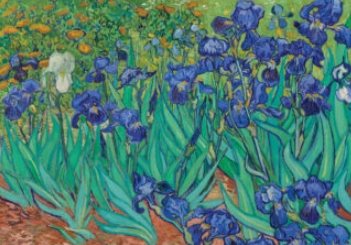Ryoei Saito: A Controversial Figure in Japanese Business
Ryoei Saito was a prominent Japanese businessman known for his lavish spending and controversial business practices.
The Rise of Ryoei Saito
Saito rose to prominence in the 1980s as the head of Daishowa Paper Manufacturing Co., one of Japan’s largest paper companies.
He quickly gained a reputation for his extravagant lifestyle, including a penchant for expensive art and a fleet of luxury cars.
Saito made headlines in 1987 when he purchased Vincent van Gogh’s painting “Irises” for a record-breaking $53.9 million at an auction.
The Fall of Ryoei Saito
Saito’s downfall came in the 1990s when he became embroiled in a series of financial scandals.
He was accused of using company funds for personal expenses, including the purchase of valuable artworks and a private jet.
In 1999, Daishowa Paper Manufacturing Co. filed for bankruptcy, and Saito was forced to resign as chairman.
Saito’s Legacy
Despite his controversial reputation, Saito’s impact on the business world cannot be denied.
He was a trailblazer in the Japanese corporate world, pioneering new strategies and pushing the boundaries of what was deemed acceptable behavior for a businessman.
Ultimately, the rise and fall of Ryoei Saito serve as a cautionary tale about the dangers of unchecked ambition and excessive spending in the world of business.


